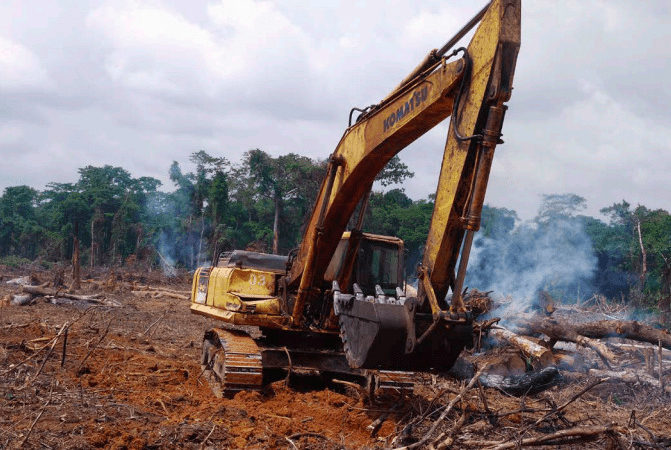Item Link: Access the Resource
File: Download
Date of Publication: April 3, 2019
Year of Publication: 2019
Author(s): Gerardo Ceballos, Paul R. Ehrlich, Jesus Pacheco, Natalia Valverde-Zúñiga, Gretchen C. Daily
Journal: Biology Conservation
Abstract
It is becoming increasingly evident that many species can tolerate different degrees of habitat perturbation and that we often underestimate the capacity of some human-modified landscapes to support populations of declining species. We provide new insights into the distribution of the endangered Central American squirrel monkey and habitat changed over the last 20 years. The species has shown an approximate 60% decrease between the historic and the present extent of occurrence, with an area of occupancy of also about 60% of the present extent of occurrence. Despite the large habitat alteration, our results show surprisingly that this endangered monkey can persist in highly perturbed landscapes. This offers opportunities to improve its long-term chances of survival through conservation actions to protect and restore its habitat on the one hand, and to reduce the monkey’s direct mortality on the other. Surprisingly we found several troops in 16 localities in a large area along the Rio Coto Brus where the Central American squirrel monkey was previously unrecorded. Some of our observations were made in cloud forests at a record high altitude for this species. We speculate the monkeys are using these highland areas as a corridor between suitable lowland habitats in the Coto Brus and the Rio SierpeOsa Peninsula regions. In response, we suggest strategies to help in the monkey’s long-term conservation, that can be used as an example for other endangered species.
The views and opinions expressed through the MAHB Website are those of the contributing authors and do not necessarily reflect an official position of the MAHB. The MAHB aims to share a range of perspectives and welcomes the discussions that they prompt.
